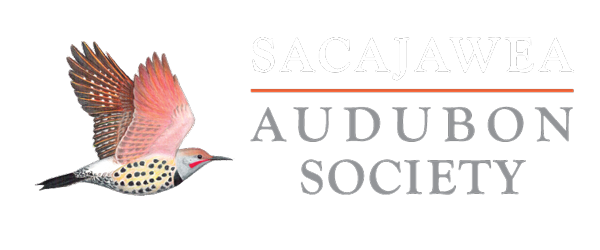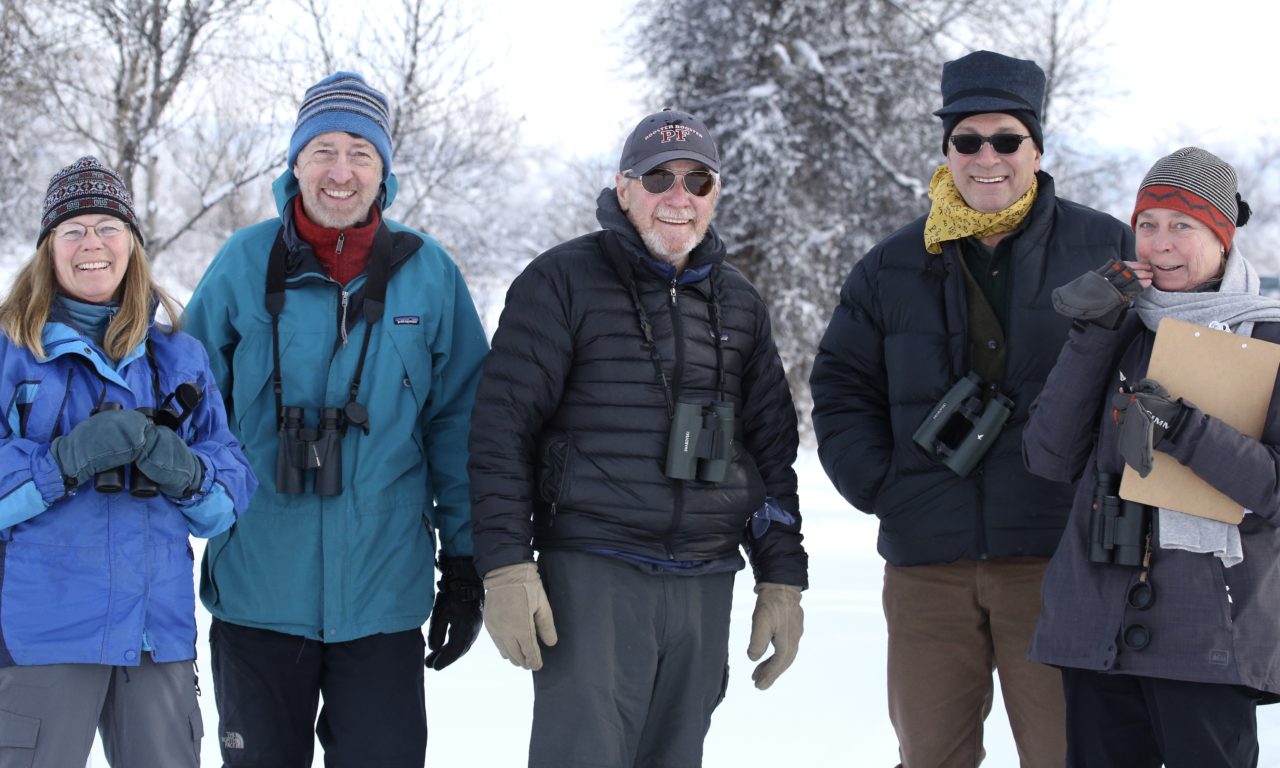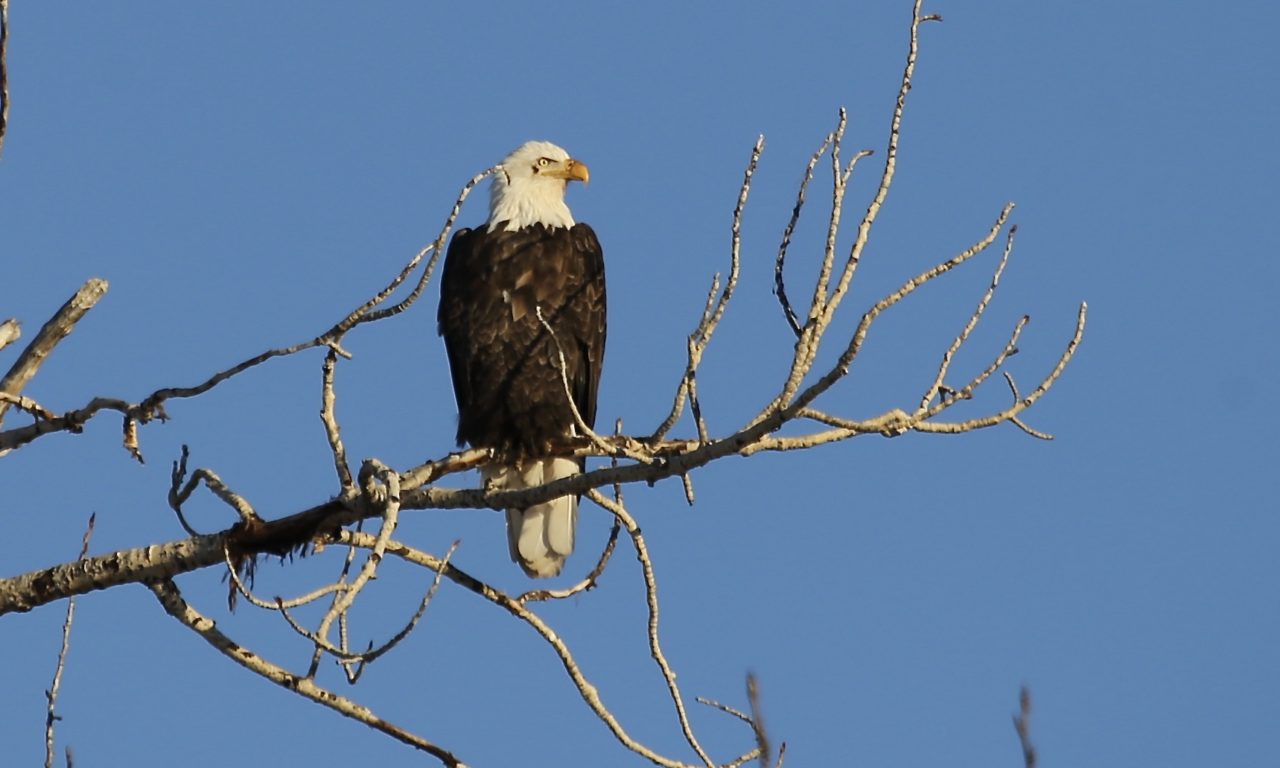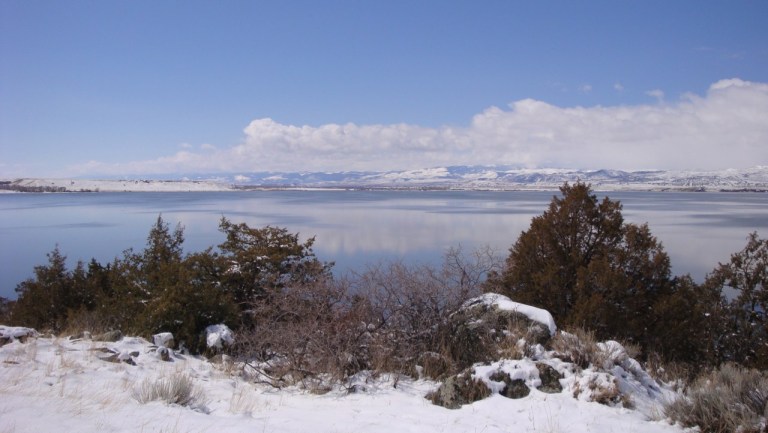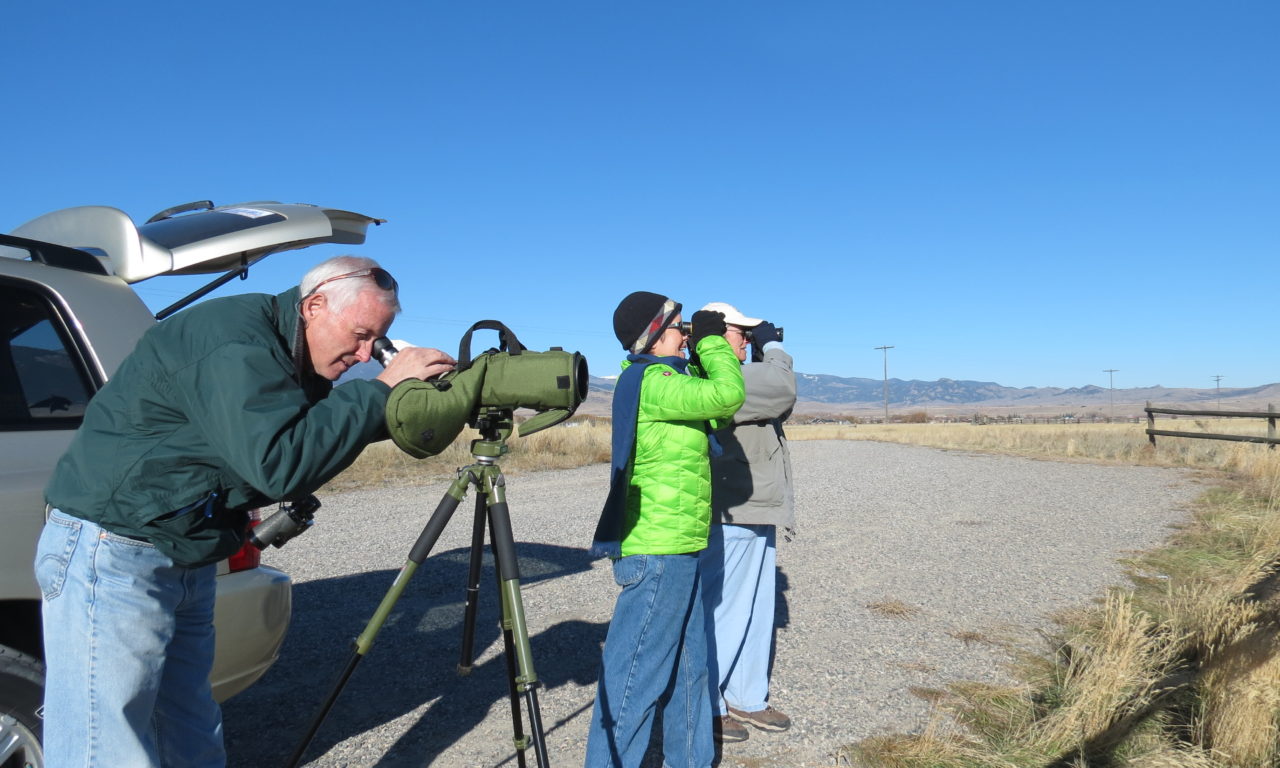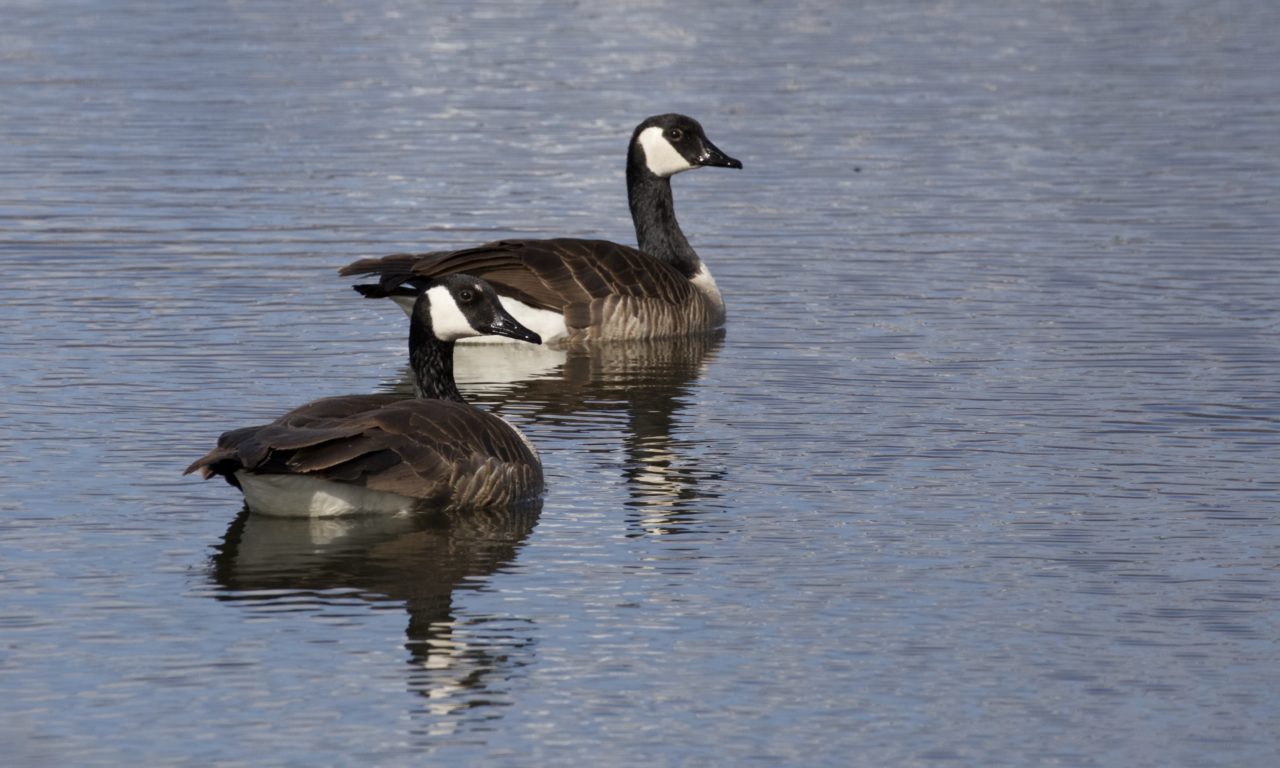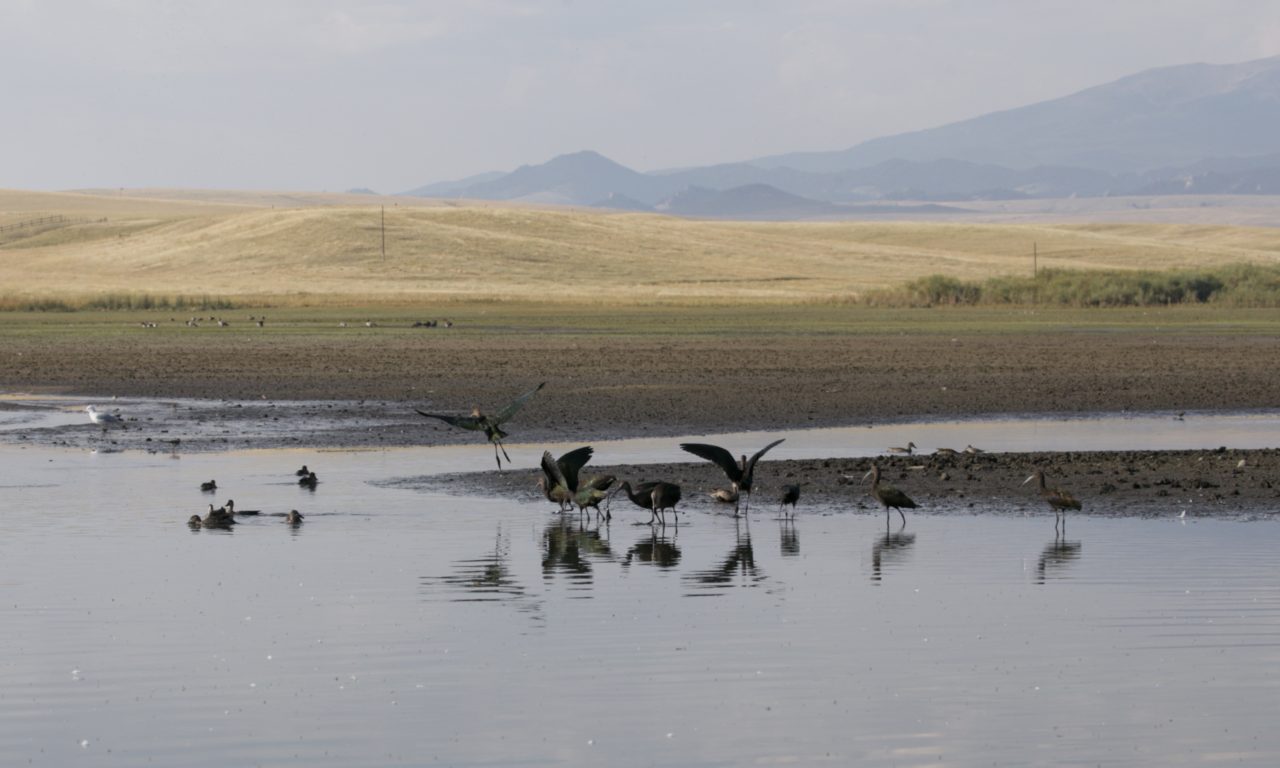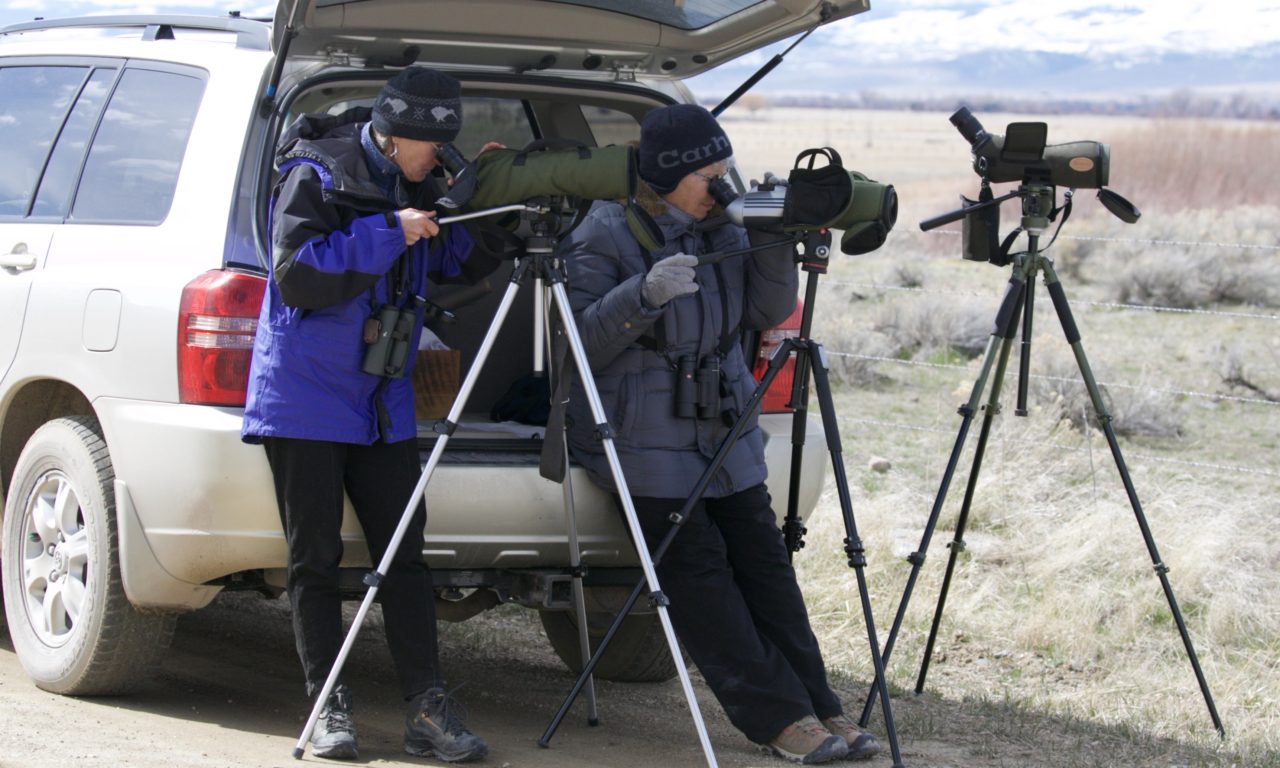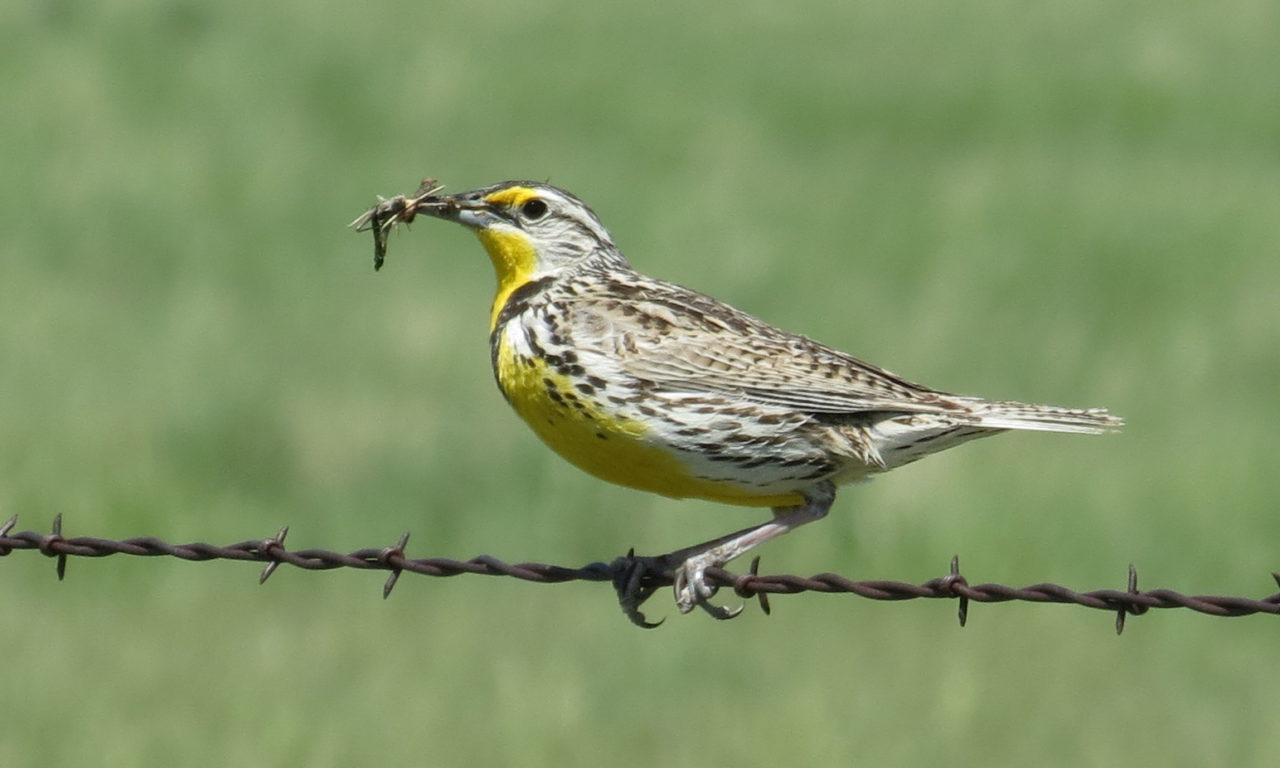Bird Walks and Field Trips
Bird Surveys
Bird surveys are a count of both numbers of species and abundance within a specific location. SAS currently does bird surveys at the Indreland Audubon Wetland Preserve (IAWP) in the spring and early summer. The first two locations are open to volunteers on designated dates. We have also done bird surveys at the Ruby River Ranch south of Twin Bridges and the Fink Ranch near Headwaters State Park. These are on an a requested basis and require experienced birders.
The Christmas Bird Count (CBC) is the longest-running citizen science project in the U.S. and was started to replace the Christmas tradition of the “side hunt,” where people would shoot as many birds as possible. Now, thousands of volunteers across the country brave the elements each December to count all birds seen within a count circle (15 mile radius circle). SAS hosts seven CBCs each year (Bozeman, Ennis, Three Forks, Livingston, Gardiner, West Yellowstone, Twin Bridges). Each CBC has several routes within the circle. Teams of 2-4 people comb each route and count every bird seen. The count usually wraps up at sundown and features some sort of gathering for compiling the results and some social fun. The Bozeman CBC leads the nation in numbers of black-billed magpies seen! Bozeman also has the oldest CBC in the state, dating back to 1908.
NestWatch
What is NestWatch?
NestWatch is a nationwide monitoring program from the Cornell Lab of Ornithology, designed to track status and trends in the reproductive biology of birds, including when nesting occurs, number of eggs laid, how many eggs hatch, and how many hatchlings survive. This database is intended to be used to study the current condition of breeding bird populations and how they may be changing over time as a result of climate change, habitat degradation and loss, expansion of urban areas, and the introduction of non-native plants and animals.
Participating in NestWatch is easy and just about anyone can do it, although children should always be accompanied by an adult when observing bird nests. Simply follow the directions on the NestWatch website to become a certified NestWatcher, find a bird nest using these helpful tips, visit the nest every 3-4 days and record what you see, and then report this information on the NestWatch website. You can also download the NestWatch Mobile App for iOS and Android and record what you see at the nest in real time. Find more information and tips from these FAQs.
Your observations will be added to those of thousands of other NestWatchers in a continually growing database used by researchers to understand and study birds. Simply put, without your help it would be impossible to gather enough information to accurately monitor nesting birds across the country. And while you are contributing extremely valuable information to science, you will learn firsthand about birds and create a lifelong bond with the natural world.
For more information on how to get involved, contact Lou Ann Harris at louann@sacajaweaaudubon.org
Workshops
Examples of past learning sessions include a Raptor ID class & field trip, winter eBird workshop, training for bird survey volunteers, and climate change topics.
